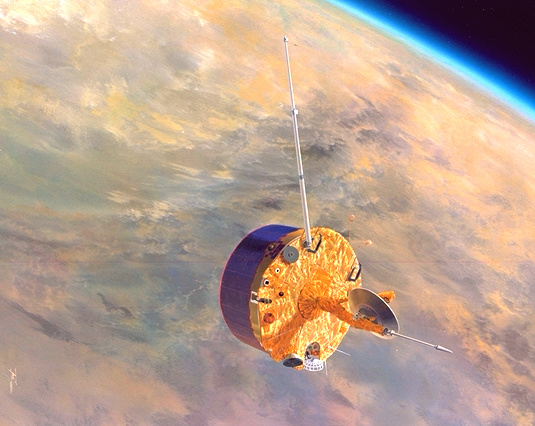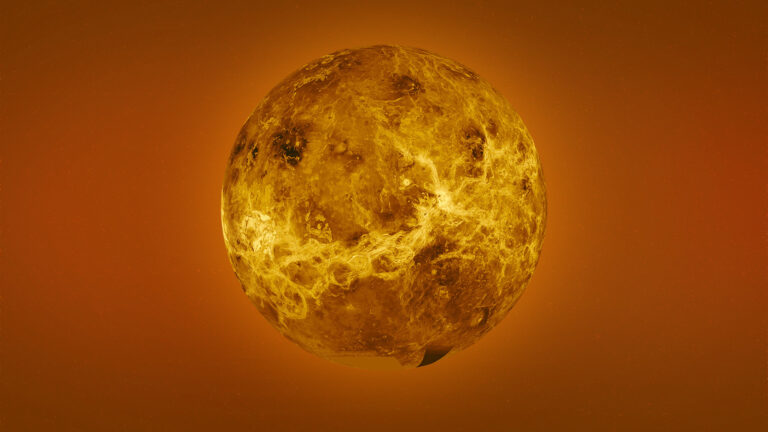Researchers from MIT have reported that there are indications of possible alien life in the atmosphere of Venus.
The fact that scientists have found within the Venusian atmosphere a chemical that is a byproduct of life has been detected.
A group of scientists has discovered substantial amounts of phosphine in the Venus atmospheric layer. Computer simulations imply that the so much phosphine in the Venusian atmosphere could not be produced by any inorganic processes known to us. The results aren‘t proof of alien life, but they do indicate that Venus shouldn’t be ignored in the quest for alien life.
The Venusian skies might be the place where there is some kind of sign of life from another planet, as many scientists from the Massachusetts Institute of Technology believe.
The second planet in the system of the Sun has been for a long time being considered as a non-choice planet in the hunt for extraterrestrial life. It’s easy to see why: The Venusian surface has the temperature that is more than 800 degrees Fahrenheit; the atmosphere of the planet is 100 times more pressure compared to the Earth’s atmosphere; and the Venusian planet has a rain of sulfuric acid, a corrosive chemical that burns humans severely.
Hence, the main objective of the scientists has been to discover the remnants of ancient alien life on Mars or the indications of the current life on moons like Europa or Enceladus. Although Earth’s nearest neighbor was the first place to be considered, it might have been the place to look at all times.
A brand new paper published in Nature Astronomy demonstrates that the Venusian atmosphere has a large amount of phosphine, a compound which is a product of life.

Venusian phosphine is not a proof of life as it can be produced by various inorganic processes such as sunlight, surface minerals, volcanic activity, and lightning. Although the study authors thought about the possible sources, they used computer simulations to prove if phosphine could be produced on Venus. The outcomes unveiled only minor levels of the chemical, significantly less than what has been found in the planet’s cloud decks by various observatories.
Up to now, scientists are still not sure where phosphine on Venus comes from, and thus the possibility of alien life is one of the possible explanations.
Clara Sousa-Silva, the co-author of the study, to MIT News said that although biomolecules have been found in Venus’ atmosphere before, these molecules can be associated with different non-biological processes. The phosphine is different because it is rarely present on rocky planets without life. The unearthing of phosphine on Earth, where life is, has been done for the first time.
It is possible that the chemical production is a product of anaerobic life forms, which do not rely on oxygen. These life forms could be regarded as “aerial” aliens, as they exist in a thin layer of habitable atmosphere, despite the adverse conditions. What made these life forms be on the planet?Sousa-Silva proposed that when Venus was more hospitable in the past, with oceans, life forms on the planet adapted to the changing conditions. They might have discovered a method to live in the existing environment, which proves that the habitable aerial envelope can even be present on a planet at the border of the habitable zone.
The scientists highlighted that the presence of phosphine in the atmosphere of Venus does not necessarily indicate the existence of life, but rather suggests “abnormal and unexplained chemical reactions.” Nevertheless, they are eager to validate their discoveries through further investigations, including a possible mission to Venus, which would mark NASA’s first venture into the Venusian atmosphere since Pioneer Venus 2 in 1978.
Do not forget to share your opinion with us to provide you with the best posts !




0 Comments